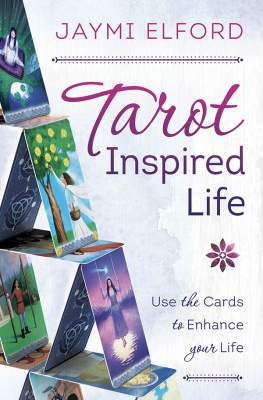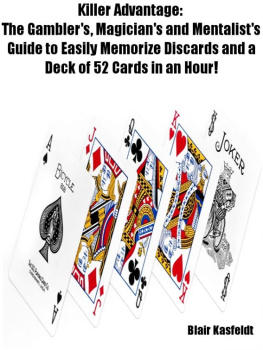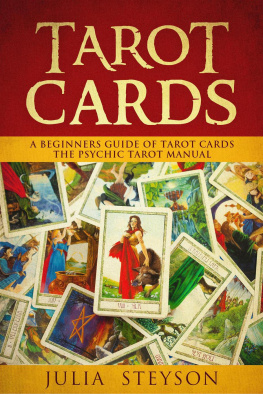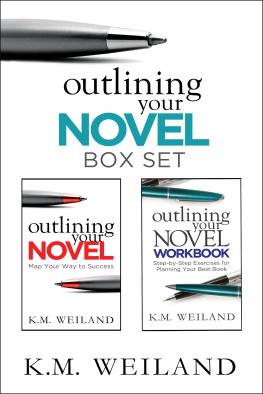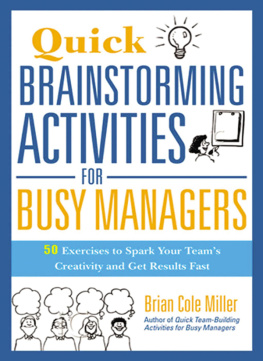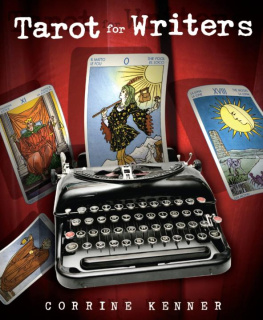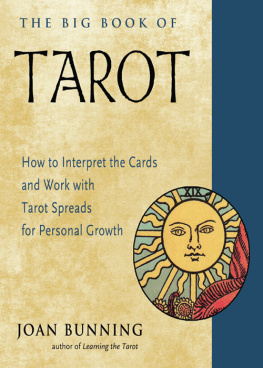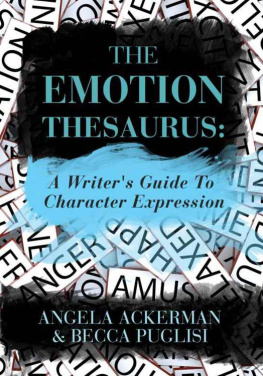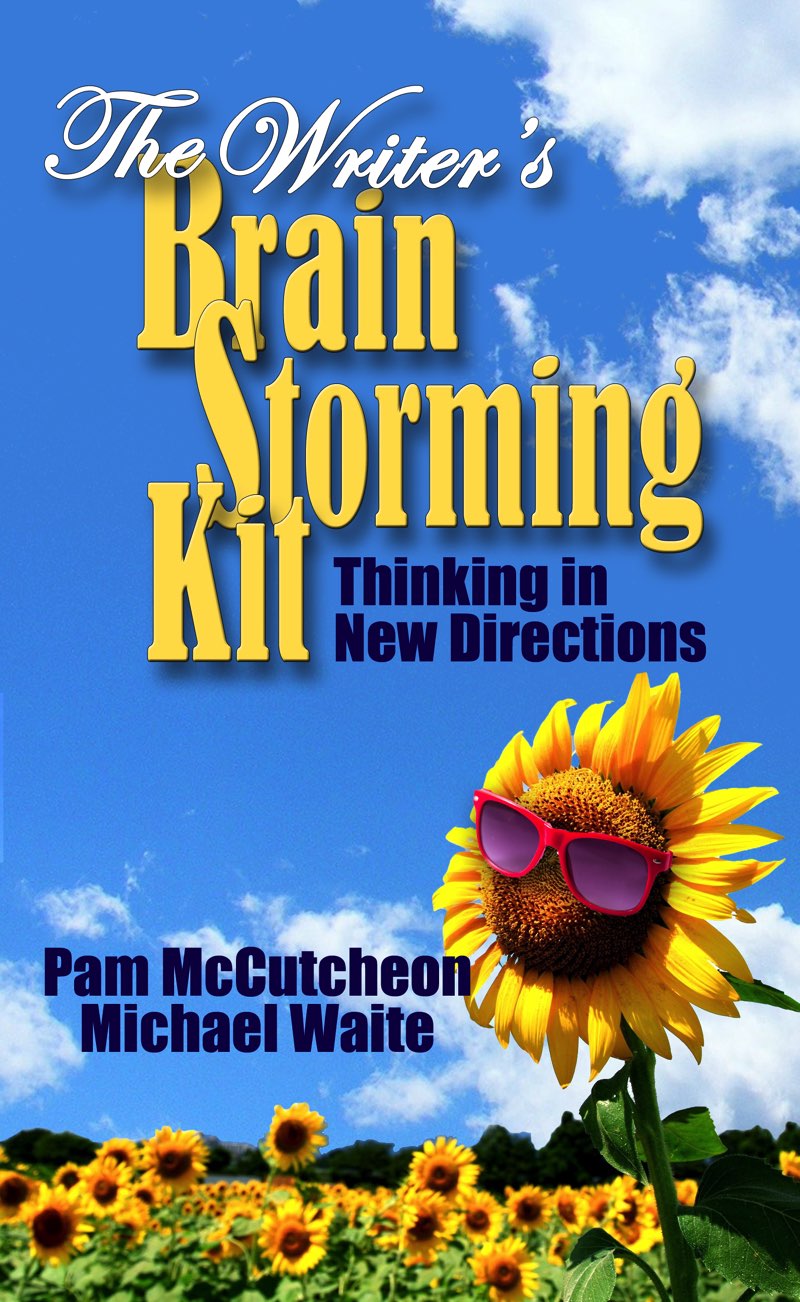The Writers Brainstorming Kit
Thinking in New Directions
Pam McCutcheon
Michael Waite
Contents
C opyright @ 2000, 2016 by Pamela S. McCutcheon and Michael R. Waite. ISBN 978-1-941528-32-7 Parker Hayden Media 5740 N. Carefree Circle, Suite 120-1 Colorado Springs, CO 80917 This is a work of fiction. Names, characters, places and incidents are either the products of the authors imagination or are used fictitiously.
Any resemblance to actual persons (living or dead), events or locations is entirely coincidental. All rights reserved. No part of this book may be reproduced in any form or by any electronic or mechanical means, including information storage and retrieval systems, without permission in writing from the publisher, except by a reviewer, who may quote brief passages in a review. Cover Credits: Cover design: LB Hayden Sunflower by sky seeker (Flickr)
Dedication
P am would like to thank her critique group for taking the time to review the text and the members of Pikes Peak Romance Writers who graciously acted as guinea pigs and let us try out the concept on them. Special thanks, too, to Debra Dixon who provided the impetus for this idea with her character readings.
M ichael thanks Pam and his wife, Sheri, for their diligence in bashing the mutant-freak ideas and rescuing the good ones that make up his contribution to this work.
And thanks to Pam, for cooking up the concept for The Writers Brainstorming Kit and inviting him along for the ride.
Introduction
A recurring refrain in the writing business is that editors want fresh materialsomething different they havent seen before. Wed all like to oblige them, but sometimes its difficult to come up with a fully-fleshed, original concept when the only person available to brainstorm with is yourself. Since were all limited to one brain, we unfortunately fall into habits of characterization and plotting. Left to ourselves, we develop ruts of linear thinking and tend to respond in the same way to the same conditions (e.g., to the same basic plot lines). To break out of these ruts, we need outside input to trigger our thinking in new directions, to give our creativity something different and inspiring to play with.
Finding another person or three to share ideas with is one solution, but there are a couple of problems inherent in that. First, others arent always available when inspiration or the creative urge strikes... and people have a tendency to be a bit peeved if you wake them at odd hours to listen to your latest brainchild. Second, others have a tendency to become enamored with their own ideaswhether you find them useful or notand veer off on unusable tangents. If theyre writers, it might become even more difficult as they take fire from their own ideas and spin out scenarios that ignore your needs. The ideal situation is to find a better way of brainstorming with yourself.
Thats what The Writers Brainstorming Kit is all abouta way of using random concepts to trigger new associations in your mind, to break out of your conventional linear mode of thinking and take flight in new, unexpected directions. So, give it a try. No matter whether you need help with getting started, creating a story from scratch, breaking through a block, adding depth to a character, or finding a new plot twist, shuffle the cards, and let them help you create something fresh and different.
WHAT YOULL NEED T he print edition of
The Writers Brainstorming Kit comes with a deck of fifty cards (hence the kit designation). Thats rather difficult to do in the electronic version, so we added two cards to make it fifty-two so you can use a regular deck of playing cards to brainstorm with. Or... you could navigate to the table of contents that shows the pages with the card names, close your eyes, and stab your finger at random on the page. you could navigate to the table of contents that shows the pages with the card names, close your eyes, and stab your finger at random on the page.
Whatever method you choose, get started brainstorming!
Part I
How to Use the Book and Cards
I n order to use this system, you first need to understand how its laid out. There are fifty-two words (in alphabetical order) associated with the fifty-two cards in a regular deck of playing cards. These words are intended to trigger associations in your mind to add depth and interest to your story for a specific element of character or plot. For example, if you need help in developing a character from scratch, youll draw seven cards, one for each character category listed below. If you want to create a new plot, youll draw five cards to correspond with each of the plot categories. Heres how the categories are set up:
CHARACTER CATEGORIES M ost of our character categories are derived from the method designed by Debra Dixon in her enlightening and useful book on characterization,
GMC: Goal, Motivation, and Conflict.
As the late Paul Gillette used to say, a novel is a story about a likable or interesting character who overcomes seemingly insurmountable obstacles in search of a worthwhile goal. Ms. Dixon expands this to suggest that major characters should not only have meaningful goals, but should also have strong motivations for wanting those goals (which make the characters likable and the goals meaningful). And, of course, they must conflictthose seemingly insurmountable obstaclesthat prevent your characters from reaching their goal. Well give you some quick and dirty explanations of her method here, but highly encourage you to read her book if you want more information on the subject.
R ole /Pursuit: This category provides a list of words to help define your characters occupation, story role, or life pursuit.
R ole /Pursuit: This category provides a list of words to help define your characters occupation, story role, or life pursuit.
As you can see, we didnt confine ourselves to just one aspect of the word on each card, but tried to provide both positive and negative roles to define heroes or villains as you choose.
T rait : In this category, weve given you a list of potential character traits that match the word on the card. Again, the traits range from positive to negative since youll probably want to give your protagonists some flaws along with their positive character traits, and youll certainly want to do so for your antagonists or villains.
T rait Combined with Role /Pursuit: Debra Dixon suggests you create a dominant impression for each of your characters. This dominant impression uses an adjective and a descriptive noun to define a character, such as a meek waitress, a cocky pilot, or a crusading mortician. It also helps keep your characters clearly in mind as youre writing about them, so youll have a good idea how theyll react in any given situation.
To create a dominant impression for a new character using this system, draw two cards. Next, look up the first card and select a descriptive noun from the Role/Pursuit category, then choose an adjective from the Trait category of the other card. For example, lets say you chose A (Animals) for the trait and 4 (Giving) for the role/pursuit. Looking at the options under these cards, you might come up with a kindhearted nurse, a wild missionary, a bestial volunteer, or a xenophobic philanthropist. So, you neednt be concerned that only fifty-two cards will limit youthese four characters all came from the same two cards, yet they are vastly different.


